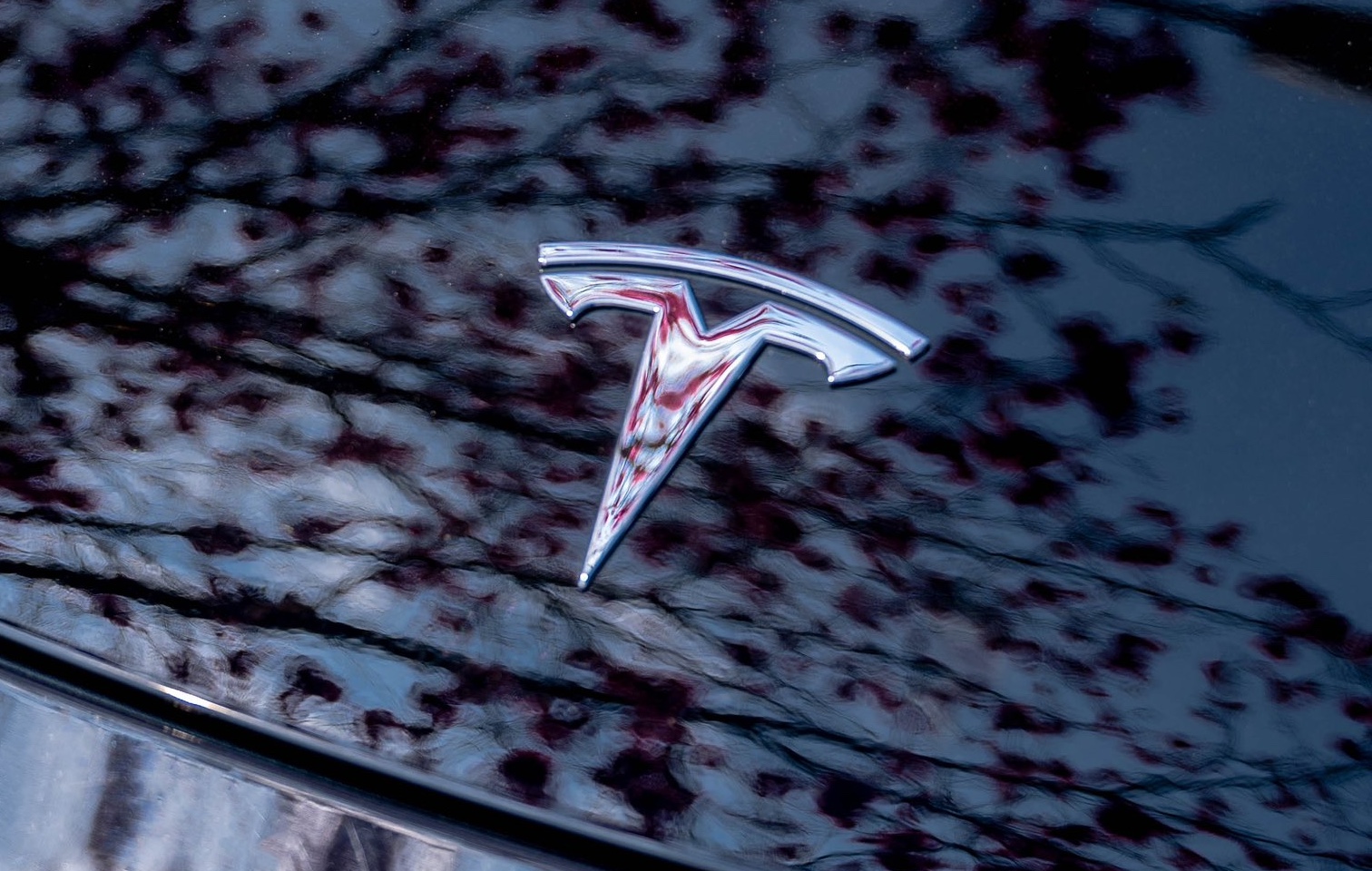Tesla has officially launched a new standard for the low-voltage connections in electric vehicles (EVs), which the company says will reduce necessary connection types in most EVs from over 200 to just six.
In post on its blog on Monday, Tesla officially launched the Low-Voltage Connector Standard (LVCS), which is a group of six standardized EV connectors meant to simplify the manufacturing of EVs and help accelerate the world’s transition to sustainable energy. Tesla says the connectors were designed with power and signal requirements for more than 90 percent of typical connections, offering the ability to increase operational efficiency, reduce manufacturing costs, and increase the potential for manufacturing automation.
In addition, Tesla writes that the LVCS suite was designed upon the 48-volt architecture built into the Cybertruck, meeting certain requirements for spacing for 48V operation. The company notes that the 48V architecture requires just a quarter of the current to deliver the same amount of power as commonly-used 12V systems.
The company also says that the LVCS equipment is designed to enable reliable autonomous vehicles, featuring single-wire sealing, independent secondary locking mechanisms, and a smaller overall housing size.
Credit: Tesla
Tesla explains its intentions behind the designs and the standard’s manufacturing efficiency potential as follows:
To accelerate the world’s transition to sustainable energy, we are simplifying the manufacturing process and electrical connectivity requirements for all our vehicles. This includes the implementation of our Low-Voltage Connector Standard (LVCS), which allows us to reduce the large number of connector types required to just 6.
These 6 device connectors are designed to meet the power and signal requirements for over 90% of typical electrical device applications. This standardization unlocks further operational efficiencies, cost reductions and manufacturing automation.
Tesla Cybertruck’s low-voltage, 48V ‘Etherloop’ system
Following the launch of the Cybertruck last year, multiple Tesla executives met with manufacturing industry veteran Sandy Munro to discuss the EV’s “Etherloop” system, which substantially reduced parts and wiring needed in the truck’s low-voltage wiring network.
During the interview, Tesla Director of Low-Voltage Wiring Peter Bannon explained that the system reduced the necessary number of wires from 490 in the Model 3 to just 155 in the Cybertruck, representing an overall drop of 68 percent in materials needed.
Tesla’s charging standardization and industry response
Tesla made a similar blog post in November 2022 when it launched the North American Charging Standard (NACS), though it took several months for other automakers to sign onboard to adopting the standard. Ford was the first to officially adopt the standard in May 2023 (besides startup Aptera), and it was later followed by every major automaker in the industry saying they would build future vehicles with Tesla’s NACS charging ports, as well as partnering with the EV maker to access its vast Supercharger network.
Similarly, we could see much of the industry move toward Tesla’s LVCS in the coming months, especially given its potential cost savings in manufacturing, and its overall electrical efficiency that could finally get the industry to embrace a 48V architecture, as Tesla did with the Cybertruck.
Ford confirms it received Elon Musk’s “How to Design a 48-Volt Vehicle” pamphlet
What are your thoughts? Let me know at zach@teslarati.com, find me on X at @zacharyvisconti, or send us tips at tips@teslarati.com.

News
Elon Musk’s Grok AI to be used in U.S. War Department’s bespoke AI platform
The partnership aims to provide advanced capabilities to 3 million military and civilian personnel.

The U.S. Department of War announced Monday an agreement with Elon Musk’s xAI to embed the company’s frontier artificial intelligence systems, powered by the Grok family of models, into the department’s bespoke AI platform GenAI.mil.
The partnership aims to provide advanced capabilities to 3 million military and civilian personnel, with initial deployment targeted for early 2026 at Impact Level 5 (IL5) for secure handling of Controlled Unclassified Information.
xAI Integration
As noted by the War Department’s press release, GenAI.mil, its bespoke AI platform, will gain xAI for the Government’s suite of tools, which enable real-time global insights from the X platform for “decisive information advantage.” The rollout builds on xAI’s July launch of products for U.S. government customers, including federal, state, local, and national security use cases.
“Targeted for initial deployment in early 2026, this integration will allow all military and civilian personnel to use xAI’s capabilities at Impact Level 5 (IL5), enabling the secure handling of Controlled Unclassified Information (CUI) in daily workflows. Users will also gain access to real‑time global insights from the X platform, providing War Department personnel with a decisive information advantage,” the Department of War wrote in a press release.
Strategic advantages
The deal marks another step in the Department of War’s efforts to use cutting-edge AI in its operations. xAI, for its part, highlighted that its tools can support administrative tasks at the federal, state and local levels, as well as “critical mission use cases” at the front line of military operations.
“The War Department will continue scaling an AI ecosystem built for speed, security, and decision superiority. Newly IL5-certified capabilities will empower every aspect of the Department’s workforce, turning AI into a daily operational asset. This announcement marks another milestone in America’s AI revolution, and the War Department is driving that momentum forward,” the War Department noted.
News
Tesla FSD (Supervised) v14.2.2 starts rolling out
The update focuses on smoother real-world performance, better obstacle awareness, and precise end-of-trip routing, among other improvements.

Tesla has started rolling out Full Self-Driving (Supervised) v14.2.2, bringing further refinements to its most advanced driver-assist system. The new FSD update focuses on smoother real-world performance, better obstacle awareness, and precise end-of-trip routing, among other improvements.
Key FSD v14.2.2 improvements
As noted by Not a Tesla App, FSD v14.2.2 upgrades the vision encoder neural network with higher resolution features, enhancing detection of emergency vehicles, road obstacles, and human gestures. New Arrival Options let users select preferred drop-off styles, such as Parking Lot, Street, Driveway, Parking Garage, or Curbside, with the navigation pin automatically adjusting to the user’s ideal spot for precision.
Other additions include pulling over for emergency vehicles, real-time vision-based detours for blocked roads, improved gate and debris handling, and extreme Speed Profiles for customized driving styles. Reliability gains cover fault recovery, residue alerts on the windshield, and automatic narrow-field camera washing for new 2026 Model Y units.
FSD v14.2.2 also boosts unprotected turns, lane changes, cut-ins, and school bus scenarios, among other things. Tesla also noted that users’ FSD statistics will be saved under Controls > Autopilot, which should help drivers easily view how much they are using FSD in their daily drives.
Key FSD v14.2.2 release notes
Full Self-Driving (Supervised) v14.2.2 includes:
- Upgraded the neural network vision encoder, leveraging higher resolution features to further improve scenarios like handling emergency vehicles, obstacles on the road, and human gestures.
- Added Arrival Options for you to select where FSD should park: in a Parking Lot, on the Street, in a Driveway, in a Parking Garage, or at the Curbside.
- Added handling to pull over or yield for emergency vehicles (e.g. police cars, fire trucks, ambulances).
- Added navigation and routing into the vision-based neural network for real-time handling of blocked roads and detours.
- Added additional Speed Profile to further customize driving style preference.
- Improved handling for static and dynamic gates.
- Improved offsetting for road debris (e.g. tires, tree branches, boxes).
- Improve handling of several scenarios, including unprotected turns, lane changes, vehicle cut-ins, and school buses.
- Improved FSD’s ability to manage system faults and recover smoothly from degraded operation for enhanced reliability.
- Added alerting for residue build-up on interior windshield that may impact front camera visibility. If affected, visit Service for cleaning!
- Added automatic narrow field washing to provide rapid and efficient front camera self-cleaning, and optimize aerodynamics wash at higher vehicle speed.
- Camera visibility can lead to increased attention monitoring sensitivity.
Upcoming Improvements:
- Overall smoothness and sentience.
- Parking spot selection and parking quality.
News
Tesla is not sparing any expense in ensuring the Cybercab is safe
Images shared by the longtime watcher showed 16 Cybercab prototypes parked near Giga Texas’ dedicated crash test facility.

The Tesla Cybercab could very well be the safest taxi on the road when it is released and deployed for public use. This was, at least, hinted at by the intensive safety tests that Tesla seems to be putting the autonomous two-seater through at its Giga Texas crash test facility.
Intensive crash tests
As per recent images from longtime Giga Texas watcher and drone operator Joe Tegtmeyer, Tesla seems to be very busy crash testing Cybercab units. Images shared by the longtime watcher showed 16 Cybercab prototypes parked near Giga Texas’ dedicated crash test facility just before the holidays.
Tegtmeyer’s aerial photos showed the prototypes clustered outside the factory’s testing building. Some uncovered Cybercabs showed notable damage and one even had its airbags engaged. With Cybercab production expected to start in about 130 days, it appears that Tesla is very busy ensuring that its autonomous two-seater ends up becoming the safest taxi on public roads.
Prioritizing safety
With no human driver controls, the Cybercab demands exceptional active and passive safety systems to protect occupants in any scenario. Considering Tesla’s reputation, it is then understandable that the company seems to be sparing no expense in ensuring that the Cybercab is as safe as possible.
Tesla’s focus on safety was recently highlighted when the Cybertruck achieved a Top Safety Pick+ rating from the Insurance Institute for Highway Safety (IIHS). This was a notable victory for the Cybertruck as critics have long claimed that the vehicle will be one of, if not the, most unsafe truck on the road due to its appearance. The vehicle’s Top Safety Pick+ rating, if any, simply proved that Tesla never neglects to make its cars as safe as possible, and that definitely includes the Cybercab.










